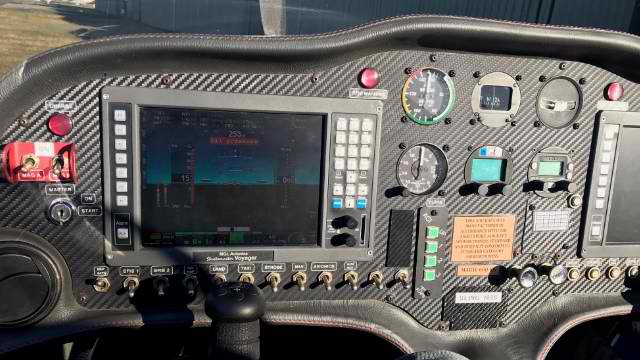Types of Aircraft
In Australia, these light aircraft are often referred to as sport planes. Other countries might use terms like ultralight or LSA (Light Sport Aircraft). Some people might recall them as the evolutionary successors to “powered hang-gliders”, though such a comparison would be akin to likening a sports car to a sedan. Technically, they fall under the category of fixed-wing aircraft, but regardless of the terminology, we believe they offer an unparalleled flying experience.
Most of these aircraft, like the Sling 2, are two-seaters, typically with side-by-side seating for the pilot and passenger or instructor. These planes can reach speeds up to 120kts and are adept for extended cross-country journeys, boasting an endurance of several hours. In fact, aircraft of this calibre have been known to undertake long-haul flights, some even circumnavigating the globe. Conversely, they can also cruise at slower speeds, making them perfect for scenic local flights or specific tasks like property inspections.

SLING 2
Caboolture Flight School is proud to operate the Sling 2, offering students the opportunity to train on state-of-the-art equipment. This ensures that our students are well-prepared for the modern aviation landscape. For those trained with us, our aircraft are available for cross-hire, granting approved pilots the chance to further hone their skills.

SLING 2

aircraft-types
SLING 2

lsa-sling2
SLING 2

sla-sling_cockpit1
SLING 2 Cockpit

